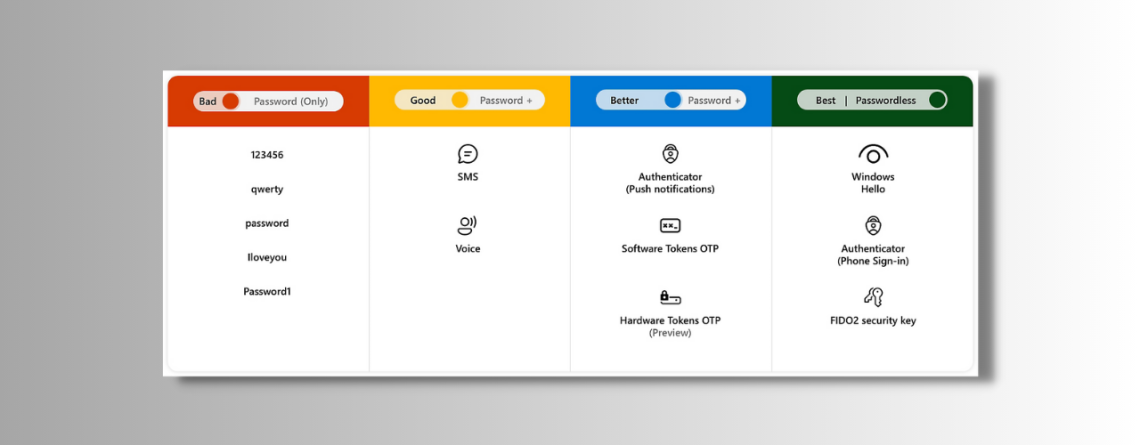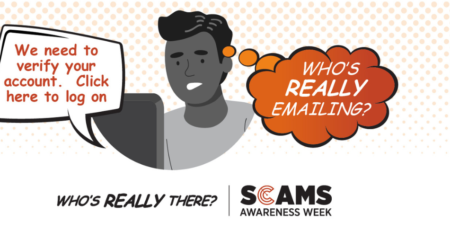Securing Digital Identity: The Significance of Passwordless Authentication
In the realm of digital identity security, passwordless authentication plays a pivotal role in safeguarding sensitive information. The conventional reliance on passwords as a primary authentication method has proven to be inadequate in the face of evolving cyber threats. Passwords are prone to being easily guessed, hacked, or stolen, posing a significant risk to individuals and organisations alike.
To address these vulnerabilities, the concept of passwordless authentication has emerged as a powerful solution. Passwordless authentication eliminates the need for traditional passwords and introduces more secure methods of verifying digital identity. By adopting this approach, the security landscape can be transformed, offering enhanced protection and peace of mind.
The fundamental premise of passwordless authentication is to replace passwords with alternative factors that are more resilient against attacks. These factors can include biometrics (such as fingerprints or facial recognition), hardware tokens, magic links, or one-time passcodes delivered via email or text messages. By utilising these advanced authentication measures, individuals can establish their identity with greater confidence, while organizations can fortify their defenses against malicious actors.
The role of passwordless authentication goes beyond simply enhancing security. It also contributes to an improved user experience. With passwords no longer required, individuals are liberated from the burden of memorising complex combinations of characters. This streamlines the authentication process, making it more convenient and user-friendly. Moreover, passwordless authentication is not limited to specific platforms or devices, as it can be seamlessly implemented across websites, applications, and mobile platforms.
From a broader perspective, passwordless authentication has far-reaching implications for businesses and industries. By embracing this innovative approach, organisations can mitigate the risks associated with weak passwords, password reuse, and phishing attacks. The adoption of passwordless authentication translates into fewer data breaches, reduced support costs, and enhanced regulatory compliance. Additionally, the elimination of passwords significantly reduces the attack surface for cybercriminals, safeguarding critical systems and sensitive information.
The advantages of passwordless authentication extend to sectors beyond the corporate realm. Non-profit organizations can leverage passwordless authentication to enhance the security of donation processes, while providing a seamless and convenient experience for donors. The elimination of repetitive data entry and the ability to securely store payment information simplifies the contribution process and encourages continued engagement.
As the digital landscape continues to evolve, the necessity for robust and resilient authentication methods becomes increasingly evident. Passwordless authentication represents a paradigm shift in securing digital identities. By embracing this approach, individuals and organizations can bolster their defenses, enhance user experience, and build a more secure digital environment for all.
What is the ABT’s recommended method of Passwordless Authentication?
At Alliance Business Technologies (ABT), we prioritise the security and privacy of our managed users. To enhance account security, we recommend our clients transition to the latest passwordless multi-factor authentication (MFA) system using the Microsoft Authentication App. This method provides a secure and user-friendly authentication method, eliminating the need for passwords and ensuring a smoother login process while maintaining the highest level of protection for your account.









